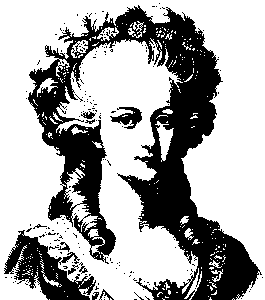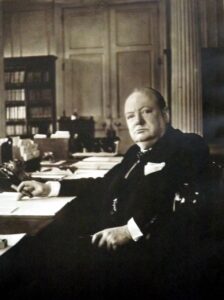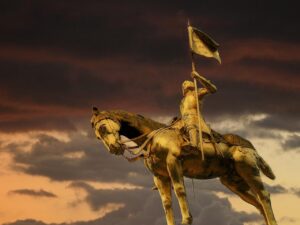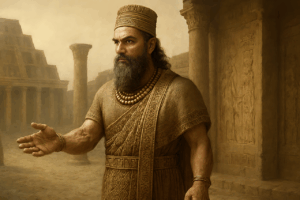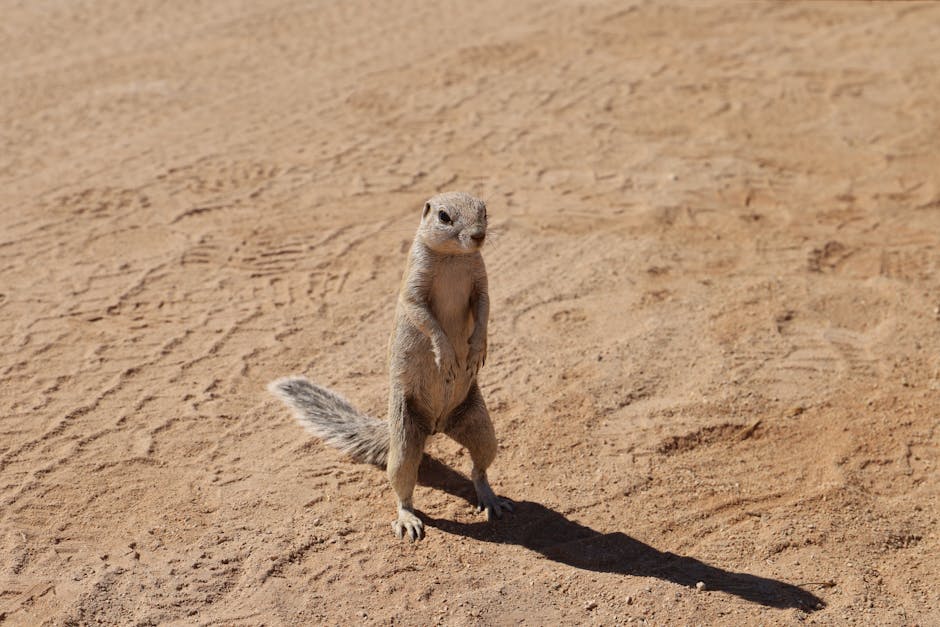⏱️ 5 min read
In the mid-2000s, before streaming services and social media giants dominated the music landscape, MySpace reigned as the premier platform for emerging artists to showcase their talents. Among the countless musicians who uploaded their tracks to the social networking site, one stood out with her unique blend of pop sensibilities and theatrical flair: Stefani Joanne Angelina Germanotta, better known to the world as Lady Gaga. Her discovery through MySpace represents a pivotal moment in modern music history and exemplifies how digital platforms revolutionized artist development.
The MySpace Era of Music Discovery
MySpace emerged as a cultural phenomenon in the early to mid-2000s, fundamentally changing how musicians connected with audiences and industry professionals. Unlike traditional methods that required artists to secure record deals before reaching listeners, MySpace democratized music distribution. Artists could upload songs, customize their profiles with HTML code, and build fanbases organically without gatekeepers controlling their access to potential fans.
The platform became particularly powerful for the music industry because it allowed A&R representatives, producers, and managers to scout talent directly. Instead of relying solely on live performances or demo tapes sent through conventional channels, industry insiders could browse MySpace profiles, listen to tracks, and evaluate an artist's existing fanbase and engagement metrics.
Lady Gaga's Journey to MySpace
Before becoming a global superstar, Stefani Germanotta was a struggling artist in New York City's Lower East Side music scene. She performed at small clubs and venues, honing her craft and developing the persona that would eventually become Lady Gaga. Like many independent artists of that era, she recognized MySpace as an essential tool for expanding her reach beyond the physical limitations of local performance venues.
Gaga's MySpace presence showcased her early work, which already displayed the pop hooks and electronic production that would define her later success. Her profile featured tracks that caught the attention of music industry professionals scanning the platform for fresh talent. The combination of her musical ability, distinctive aesthetic choices, and growing online engagement made her profile stand out among millions of aspiring artists.
The Connection with Producer RedOne
One of the most significant professional relationships that developed partly through digital channels was Lady Gaga's collaboration with producer RedOne (Nadir Khayat). RedOne, who would become instrumental in crafting Gaga's signature sound, discovered her music during the MySpace era. Their partnership resulted in massive hits including "Just Dance," "Poker Face," and "LoveGame," which propelled Gaga to international stardom.
This connection demonstrates how MySpace functioned as more than just a promotional tool—it served as a networking platform where artists and producers could find compatible creative partners. The traditional music industry model required multiple intermediaries to facilitate such collaborations, but digital platforms streamlined the process considerably.
Interscope Records and the Road to Stardom
Lady Gaga's path to her record deal with Interscope Records involved multiple factors, but her online presence played a crucial role in demonstrating her potential. Industry executive Vincent Herbert became one of her early champions, and her digital footprint provided tangible evidence of her appeal to audiences. By the time she signed with Interscope in 2007, she had already cultivated a following and refined her artistic identity through her online activities.
The data available through platforms like MySpace gave record labels unprecedented insights into an artist's commercial viability. Metrics such as play counts, friend requests, comments, and geographic distribution of fans provided quantifiable evidence that complemented traditional assessments of talent. For an unconventional artist like Lady Gaga, whose theatrical style might have seemed risky to conservative label executives, these metrics helped make the business case for investment.
The Broader Impact on Music Industry Practices
Lady Gaga's success story became a template that influenced how the music industry approached talent discovery and development. Her rise demonstrated several key principles that reshaped industry practices:
- Digital presence could serve as proof of concept before significant financial investment
- Artists could develop their brand and aesthetic independently before label involvement
- Social media engagement metrics provided valuable data for marketing strategies
- Direct fan relationships built online translated to commercial success offline
- Unconventional artists could find audiences without conforming to traditional industry expectations
Legacy and Evolution of Artist Discovery
While MySpace eventually declined in relevance, replaced by platforms like Facebook, Instagram, YouTube, and TikTok, the fundamental principles established during that era persist. Lady Gaga's discovery story remains relevant because it exemplifies the enduring importance of digital platforms in music careers. Contemporary artists continue building their careers through social media, though the specific platforms and strategies have evolved.
Today's equivalent discovery stories happen on TikTok, where viral sounds can launch careers, or on YouTube, where consistent content creation builds dedicated audiences. Artists like Lil Nas X, Billie Eilish, and Shawn Mendes followed similar trajectories, using digital platforms to bypass traditional gatekeepers and demonstrate their appeal directly to audiences.
Lessons for Emerging Artists
Lady Gaga's MySpace discovery offers enduring lessons for aspiring musicians. Her success resulted from combining genuine talent with strategic use of available technology. She didn't simply upload music randomly; she cultivated a distinctive brand, engaged with fans authentically, and created content that showcased her unique artistic vision.
The story also underscores the importance of persistence and multi-platform presence. While MySpace provided crucial visibility, Gaga supplemented her online activities with relentless live performances, networking, and artistic development. Digital platforms amplified her efforts rather than replacing traditional work entirely.
Understanding how Lady Gaga leveraged MySpace during the platform's golden age provides valuable context for appreciating how dramatically the music industry has transformed. Her journey from uploading tracks to a social networking site to becoming one of the best-selling artists of all time illustrates the revolutionary potential of digital platforms in democratizing music discovery and creating new pathways to success.



